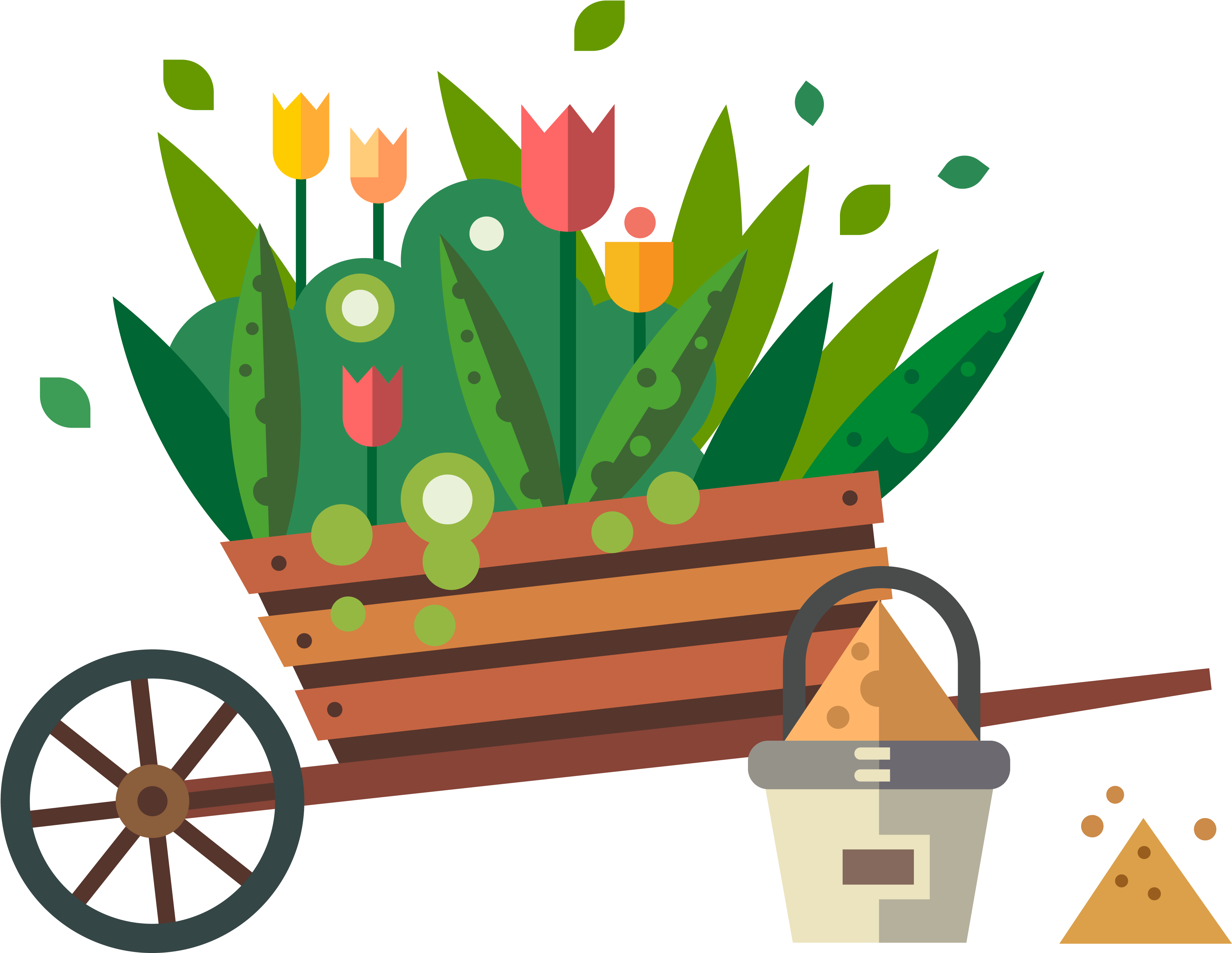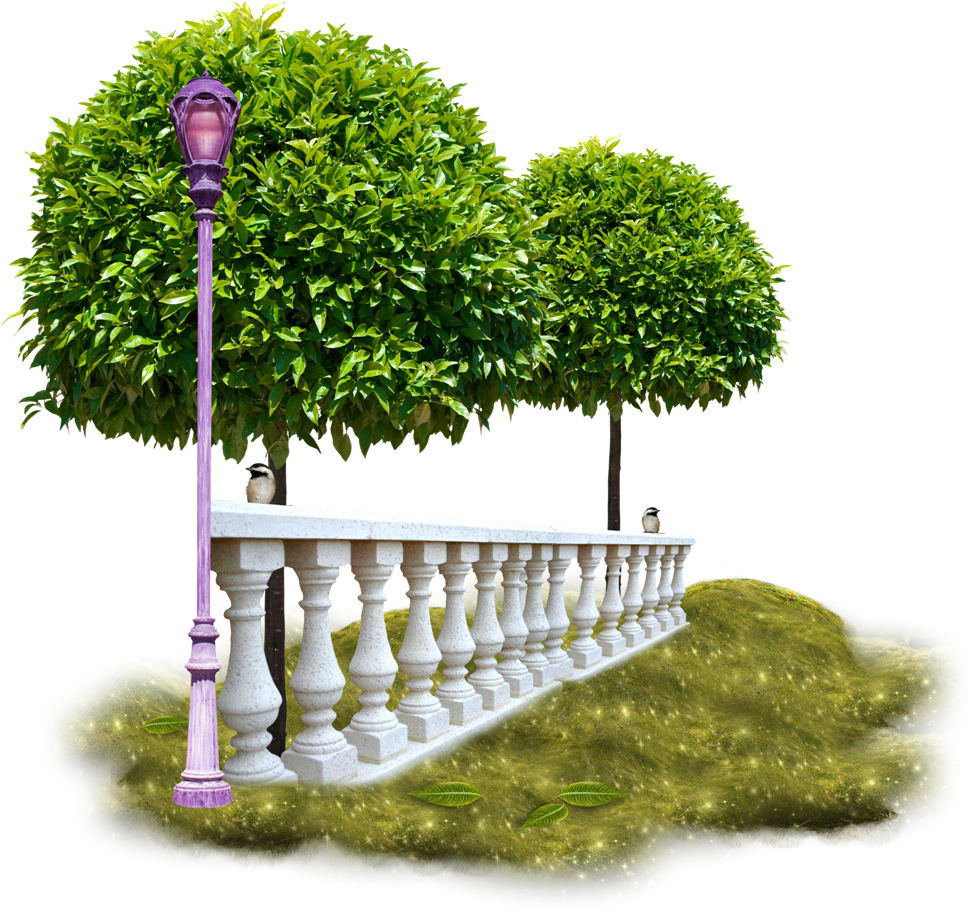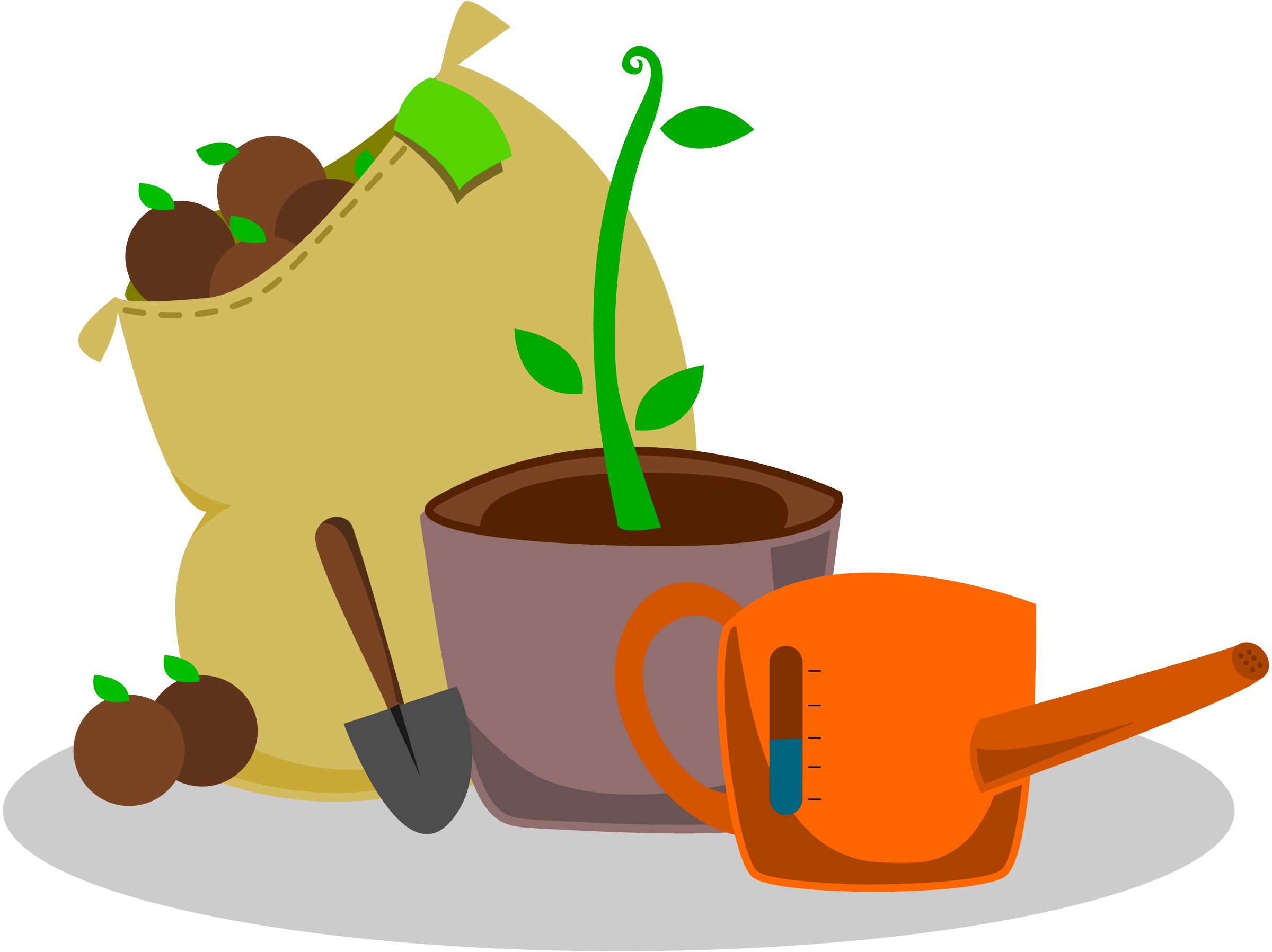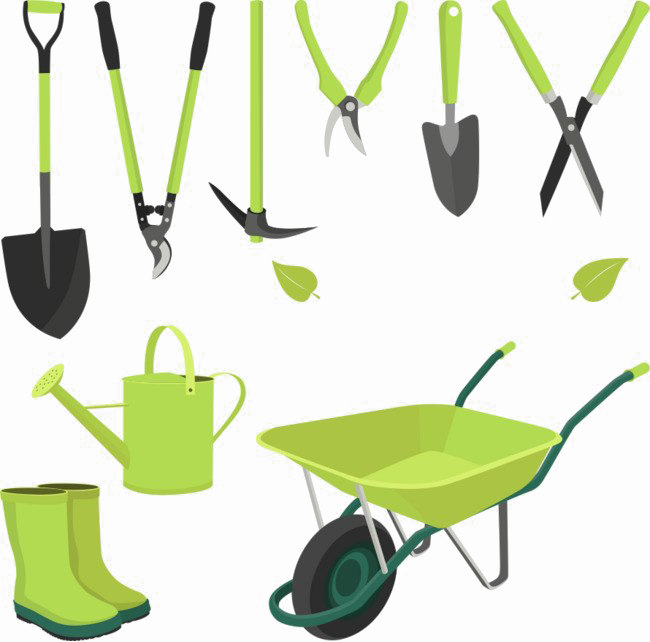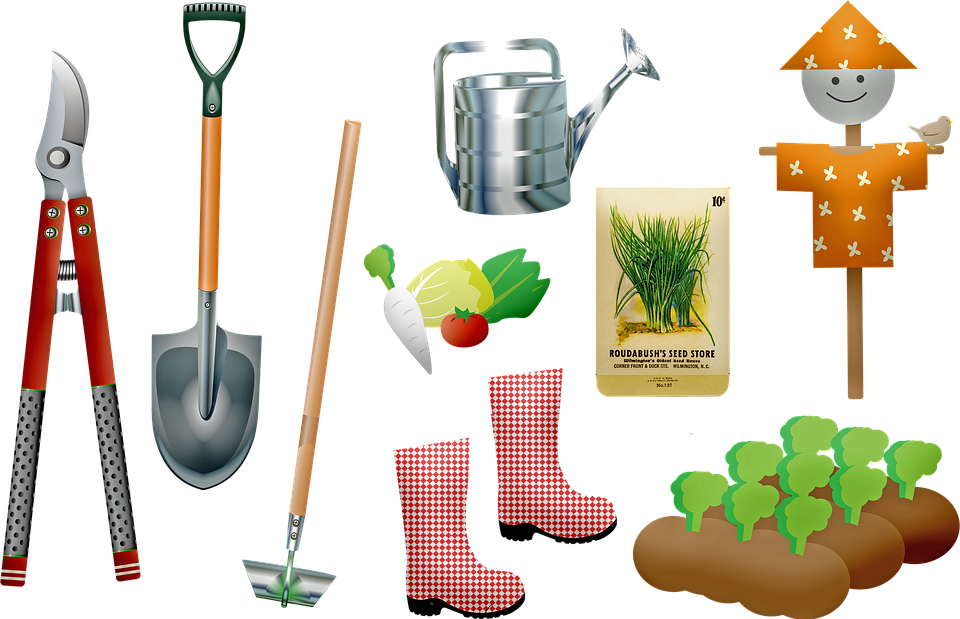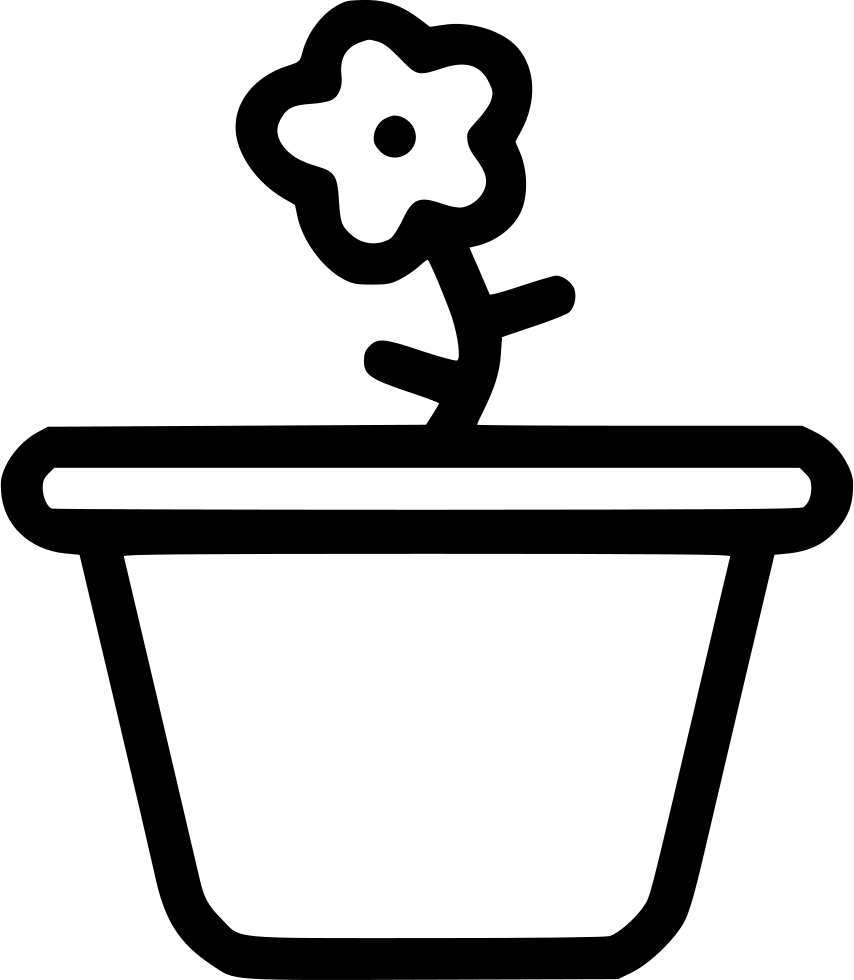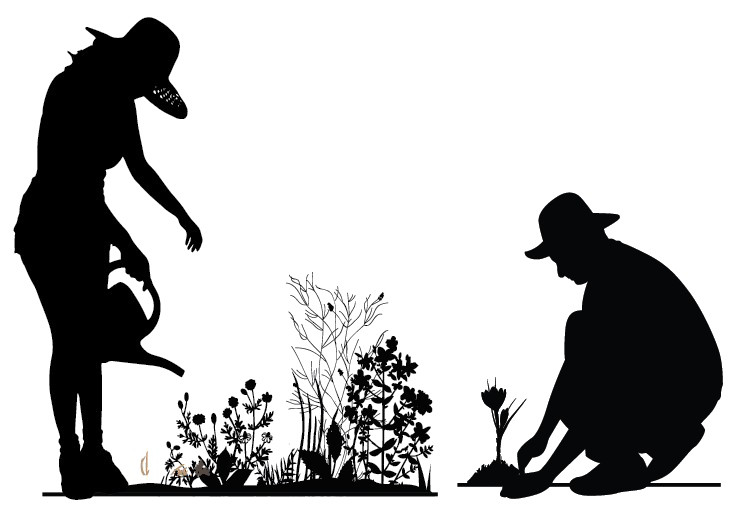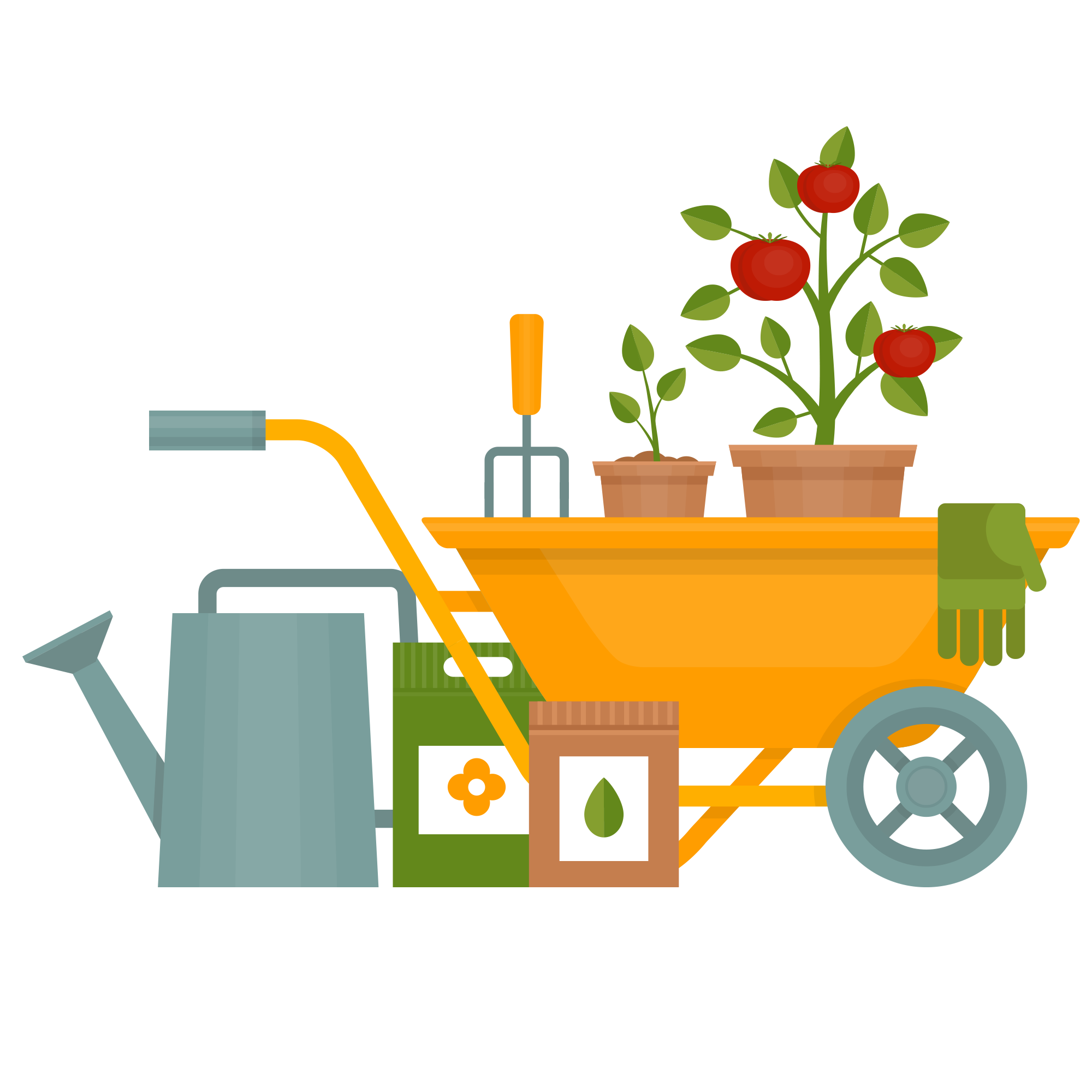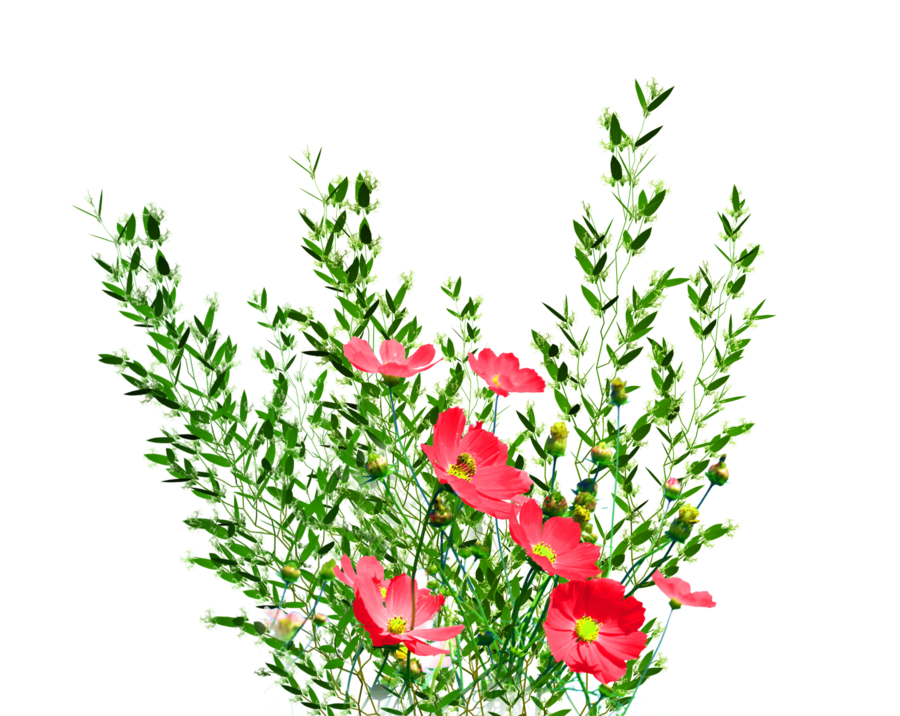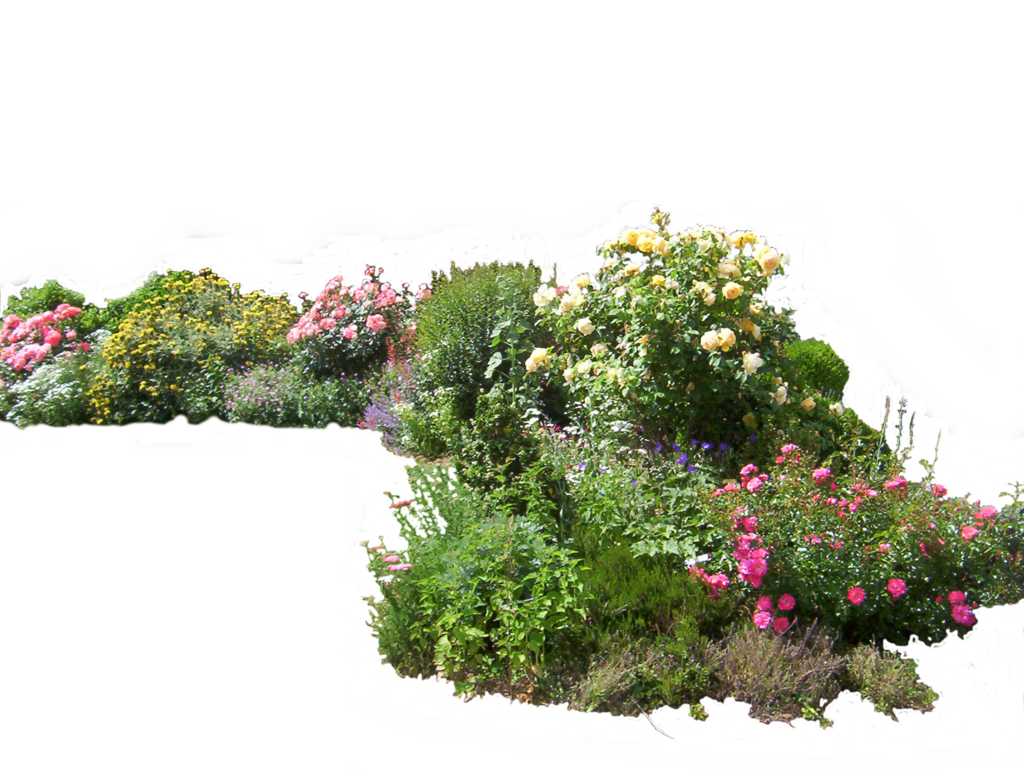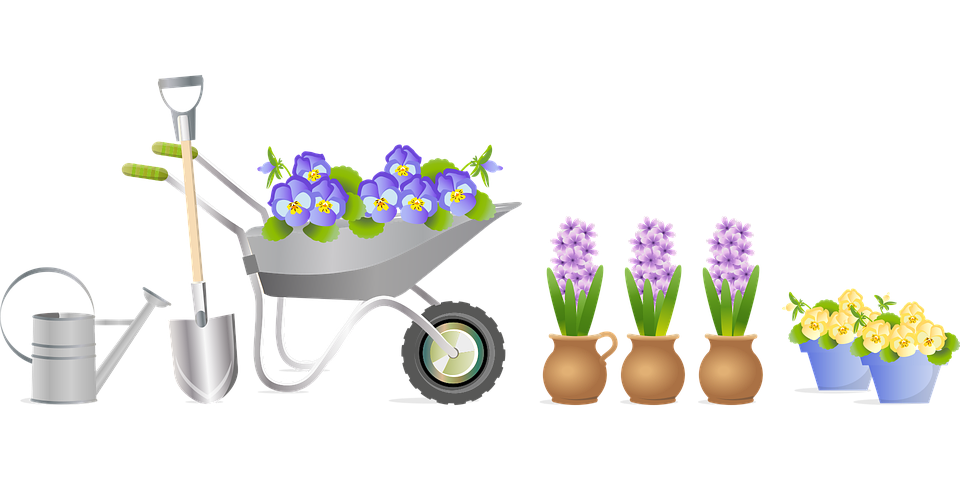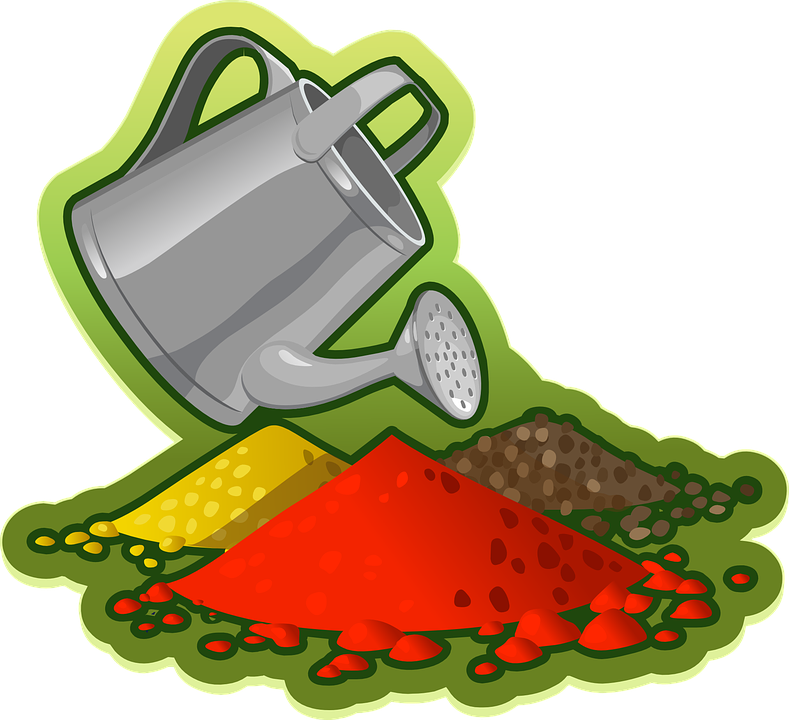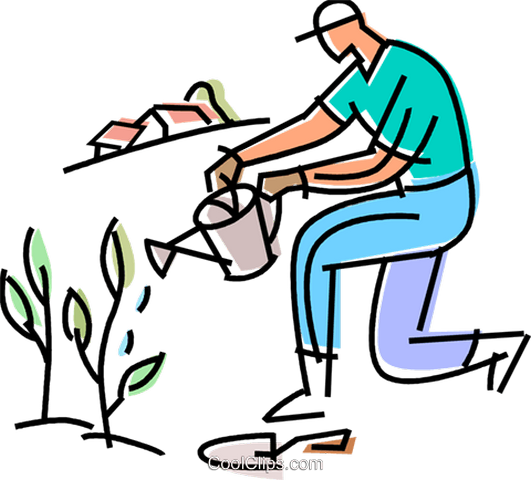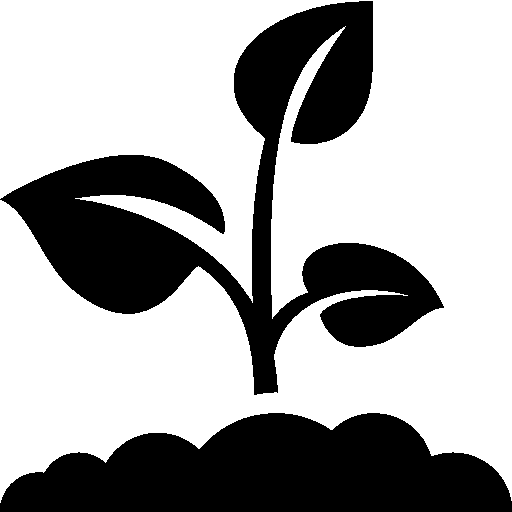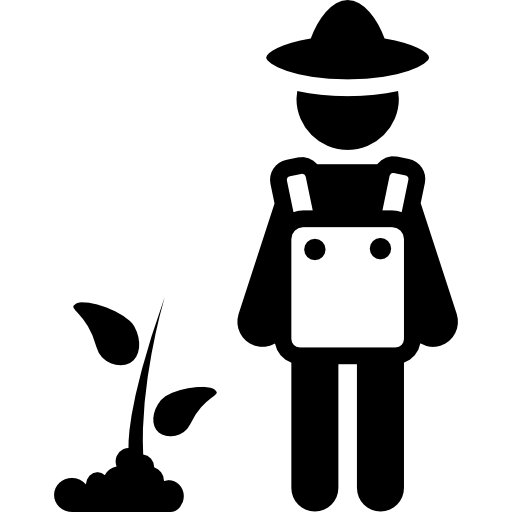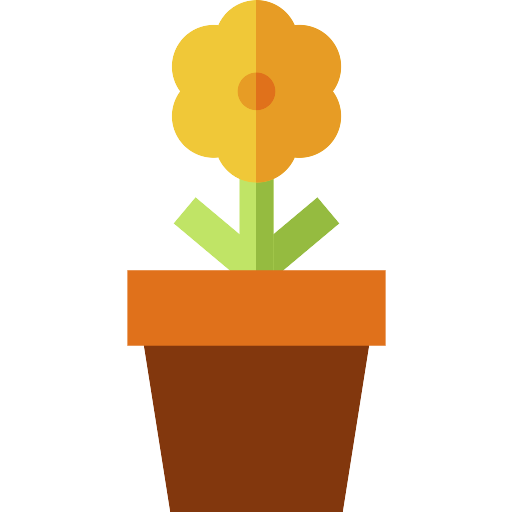Download top and best high-quality free Gardening PNG Transparent Images backgrounds available in various sizes. To view the full PNG size resolution click on any of the below image thumbnail.
License Info: Creative Commons 4.0 BY-NC
Horticulture includes gardening, which is the process of growing and tending plants. Ornamental plants, such as root vegetables, leaf vegetables, fruits, and herbs, are cultivated in gardens for their flowers, foliage, or overall look; utilitarian plants, such as root vegetables, leaf vegetables, fruits, and herbs, are produced for eating, dyeing, or medicinal or cosmetic purposes.
Fruit orchards, extensive boulevard plantings with one or more varieties of shrubs, trees, and herbaceous plants, residential back gardens with lawns and foundation plantings, and container gardens planted inside or outside are all examples of gardening. Gardening may be quite specialist, with just one type of plant planted, or it can be very broad, with a range of species grown in mixed plantings. It entails direct participation in the plant-growing process and is labor-intensive, which distinguishes it from farming and forestry.
The world’s oldest kind of gardening is forest gardening, which is a forest-based food production method. Prehistoric forest gardens arose along jungle-clad river banks and in the damp slopes of monsoon areas. Useful tree and vine species were found, conserved, and enhanced as families gradually improved their immediate environment, while unwanted species were destroyed. Foreign plants were eventually chosen and placed into the gardens.
Wealthy folks began to develop gardens for aesthetic purposes when the first civilizations emerged. Ancient Egyptian tomb paintings from the New Kingdom (about 1500 BC) portray lotus ponds flanked by symmetrical rows of acacias and palms, providing some of the oldest tangible evidence of ornamental horticulture and landscape planning. The Hanging Gardens of Babylon, one of the Seven Wonders of the Ancient World, are a noteworthy example of ancient decorative gardens, while ancient Rome had hundreds of them.
Ancient Egyptians who were wealthy utilized gardens to provide shade. Trees and gardens were connected with gods among the Egyptians, who believed that gardens delighted their gods. Ancient Egyptian gardens were frequently encircled by walls with rows of trees. Date palms, sycamores, fir trees, nut trees, and willows were among the most common species planted. The presence of these gardens denoted a better social position. Furthermore, affluent ancient Egyptians planted vineyards, as wine was seen as a symbol of better social status. Roses, poppies, daisies, and irises were all common flowers in Egyptian gardens.
Assyria was known for its exquisite gardens as well. These were often wide and big, with some being used for hunting wildlife (similar to a game reserve today) and others serving as leisure gardens. Trees such as cypresses and palms were among the most commonly planted.
In Kush, there were also gardens. The Great Enclosure at Musawwarat es-Sufra, which dates from the 3rd century BC, contained magnificent gardens.
Acanthus, cornflowers, crocus, cyclamen, hyacinth, iris, ivy, lavender, lilies, myrtle, narcissus, poppy, rosemary, and violets were among the flowers found in ancient Roman gardens, which were surrounded by hedges and vines and included statues and sculptures. In the patios of wealthy Romans, flower gardens were popular.
Download Gardening PNG images transparent gallery.
- Gardening Tools PNG Images
Resolution: 512 × 512
Size: 29 KB
Image Format: .png
Download
- Gardening Vector PNG Clipart
Resolution: 512 × 512
Size: 49 KB
Image Format: .png
Download
- Gardening Tools PNG Photos
Resolution: 512 × 512
Size: 17 KB
Image Format: .png
Download
- Gardening Transparent
Resolution: 512 × 512
Size: 15 KB
Image Format: .png
Download
- Gardening PNG Clipart
Resolution: 1024 × 1369
Size: 287 KB
Image Format: .png
Download
- Gardening Vector PNG Picture
Resolution: 526 × 1024
Size: 513 KB
Image Format: .png
Download
- Gardening PNG
Resolution: 733 × 893
Size: 887 KB
Image Format: .png
Download
- Gardening Vector PNG
Resolution: 535 × 362
Size: 384 KB
Image Format: .png
Download
- Gardening Tools
Resolution: 3683 × 2850
Size: 298 KB
Image Format: .png
Download
- Gardening Vector PNG Image HD
Resolution: 687 × 720
Size: 258 KB
Image Format: .png
Download
- Gardening PNG Picture
Resolution: 970 × 909
Size: 1410 KB
Image Format: .png
Download
- Gardening Vector No Background
Resolution: 980 × 966
Size: 42 KB
Image Format: .png
Download
- Gardening Tools PNG
Resolution: 2400 × 1797
Size: 179 KB
Image Format: .png
Download
- Gardening Vector PNG Images HD
Resolution: 512 × 512
Size: 6 KB
Image Format: .png
Download
- Gardening Tools PNG Pic
Resolution: 650 × 642
Size: 263 KB
Image Format: .png
Download
- Gardening Vector PNG Free Image
Resolution: 2257 × 658
Size: 80 KB
Image Format: .png
Download
- Gardening Tools PNG File
Resolution: 960 × 619
Size: 485 KB
Image Format: .png
Download
- Gardening PNG HD Image
Resolution: 854 × 980
Size: 24 KB
Image Format: .png
Download
- Gardening Vector PNG Image File
Resolution: 512 × 512
Size: 9 KB
Image Format: .png
Download
- Gardening PNG Image HD
Resolution: 558 × 548
Size: 75 KB
Image Format: .png
Download
- Gardening Vector Background PNG
Resolution: 729 × 512
Size: 153 KB
Image Format: .png
Download
- Gardening Tools PNG Image
Resolution: 1794 × 1237
Size: 356 KB
Image Format: .png
Download
- Gardening Tools PNG Photo
Resolution: 2000 × 2000
Size: 169 KB
Image Format: .png
Download
- Gardening No Background
Resolution: 600 × 600
Size: 66 KB
Image Format: .png
Download
- Gardening
Resolution: 1600 × 1600
Size: 24 KB
Image Format: .png
Download
- Gardening Vector
Resolution: 512 × 512
Size: 19 KB
Image Format: .png
Download
- Gardening PNG Images HD
Resolution: 900 × 716
Size: 709 KB
Image Format: .png
Download
- Gardening PNG Free Image
Resolution: 2653 × 779
Size: 4731 KB
Image Format: .png
Download
- Gardening PNG Image File
Resolution: 1024 × 773
Size: 1031 KB
Image Format: .png
Download
- Gardening Background PNG
Resolution: 2000 × 1900
Size: 1284 KB
Image Format: .png
Download
- Gardening Vector PNG Background
Resolution: 2412 × 2361
Size: 273 KB
Image Format: .png
Download
- Gardening PNG Pic
Resolution: 2119 × 1714
Size: 475 KB
Image Format: .png
Download
- Gardening PNG File
Resolution: 960 × 480
Size: 224 KB
Image Format: .png
Download
- Gardening PNG Image
Resolution: 800 × 1516
Size: 868 KB
Image Format: .png
Download
- Gardening Tools PNG Cutout
Resolution: 789 × 720
Size: 304 KB
Image Format: .png
Download
- Gardening PNG Photo
Resolution: 531 × 480
Size: 194 KB
Image Format: .png
Download
- Gardening PNG Cutout
Resolution: 790 × 800
Size: 347 KB
Image Format: .png
Download
- Gardening Vector PNG HD Image
Resolution: 512 × 512
Size: 7 KB
Image Format: .png
Download
- Gardening PNG Images
Resolution: 512 × 512
Size: 41 KB
Image Format: .png
Download
- Gardening Vector PNG1
Resolution: 512 × 512
Size: 9 KB
Image Format: .png
Download
- Gardening Vector PNG Pic
Resolution: 512 × 512
Size: 9 KB
Image Format: .png
Download
- Gardening PNG Photos
Resolution: 1280 × 738
Size: 125 KB
Image Format: .png
Download
- Gardening Vector PNG File
Resolution: 1280 × 809
Size: 76 KB
Image Format: .png
Download
- Gardening Vector PNG Image
Resolution: 1280 × 1274
Size: 106 KB
Image Format: .png
Download
- Gardening Vector PNG Photo
Resolution: 512 × 512
Size: 75 KB
Image Format: .png
Download
- Gardening Vector PNG Cutout
Resolution: 512 × 512
Size: 15 KB
Image Format: .png
Download
- Gardening Vector PNG Images
Resolution: 512 × 512
Size: 11 KB
Image Format: .png
Download
- Gardening Vector PNG Photos
Resolution: 512 × 512
Size: 14 KB
Image Format: .png
Download
- Gardening Vector Transparent
Resolution: 512 × 512
Size: 17 KB
Image Format: .png
Download








